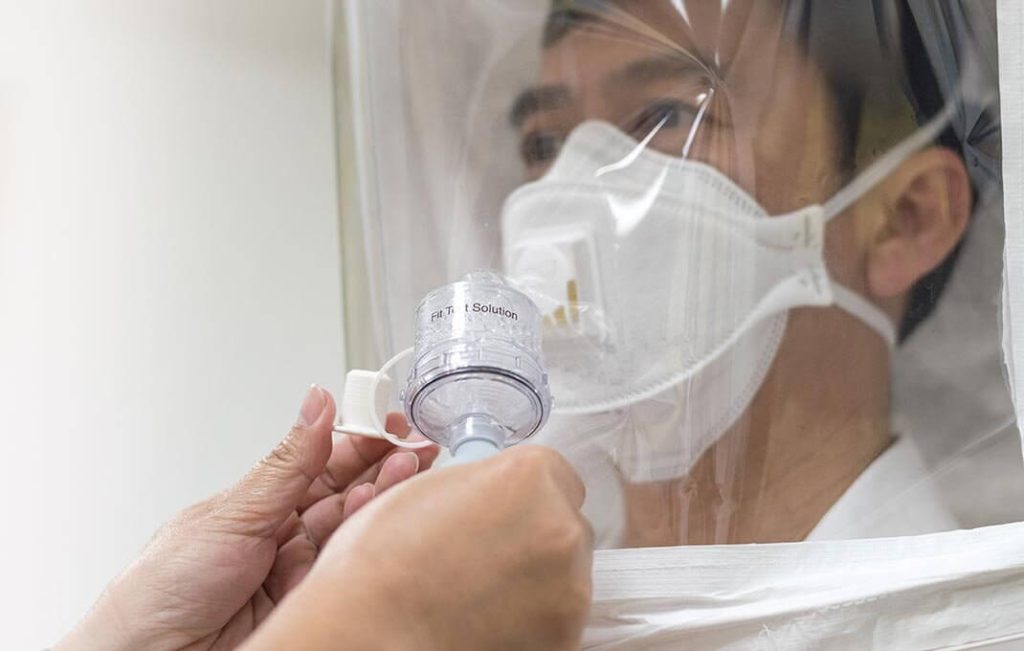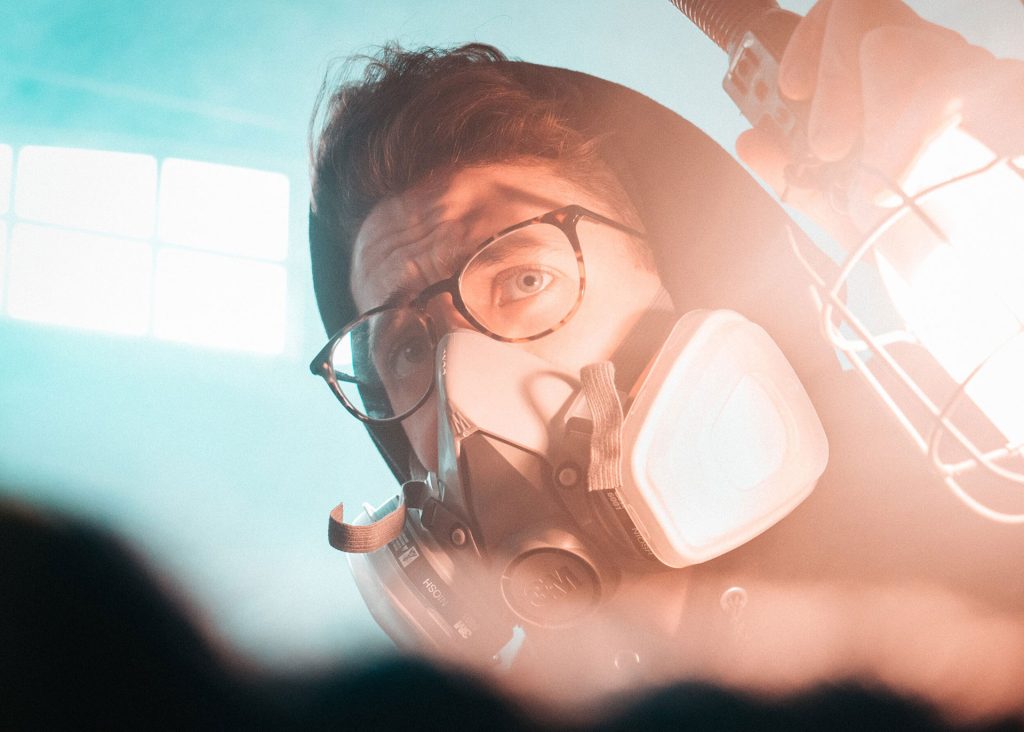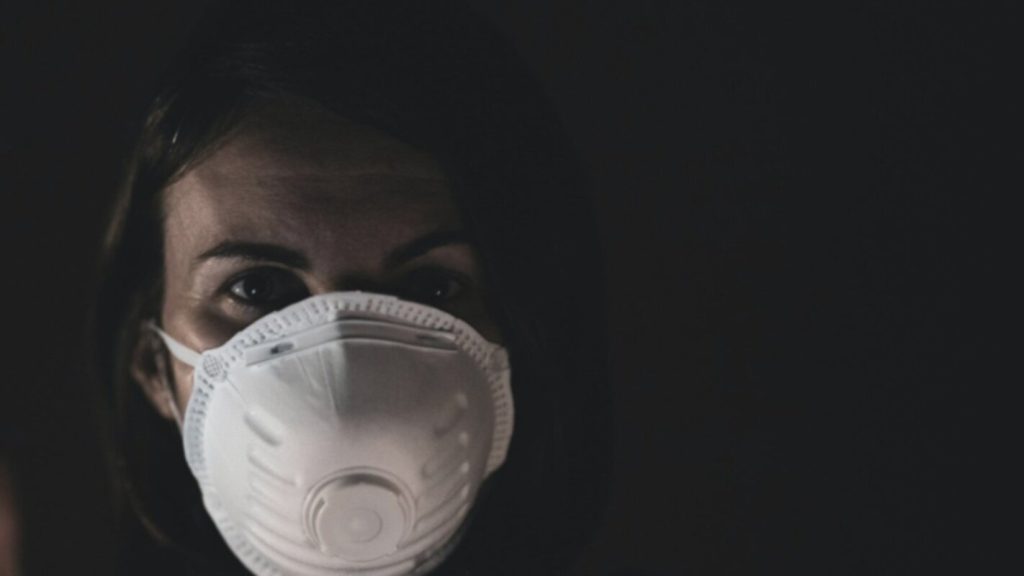OSHA Respiratory Protection Program (RPP) requirements are affecting a larger and more diverse range of industries than ever before. Because of the new entrants into Respiratory Protection, Vest has been receiving more questions than usual about the basics of the standard and fit testing in general. For the safety leader at a refinery or construction company, respirator fit testing is a normal part of their day-to-day operation, but for the local dentist office responding to the pandemic, Respiratory Protection is completely new. Read on to learn about the basics of Respirator Fit Testing.
What is respirator fit testing?
Respirator fit testing is the process by which an employer verifies that an employee can properly wear the respiratory protection necessary to perform the employee’s job tasks. Fit testing confirms, with a physical test, that the respirator’s facepiece provides a tight seal with the user’s face to protect the user from hazards.
Why is it important?
Respirator fit testing is one of the most important aspects of any Respiratory Protection Program because the process ensures that employees’ respirators fit correctly on their faces, ensuring protection from workplace respiratory hazards.
If it a fit test is completed incorrectly or not done at all, employees may be exposed to workplace respiratory hazards, which places their health and safety at risk.
Who needs a fit test?
Any employee who is required to use a tight-fitting respirator while working is also required to be fit tested. If an employee uses multiple tight-fitting respirators, a fit test must be performed for each respirator, even if the type of respirator is the same and the only difference is the make/model.
How often is fit testing required?
Fit testing is required prior to the first use of a respirator by an employee and at least annually thereafter. Additional testing may be required if:
- the employee has a change in health that could impact respirator use or respirator functionality (such as weight fluctuation or facial disfigurement affecting the respirator’s seal)
- the employee has a change in job roles or tasks
- the required respirators change
Are there different kinds of fit tests?
There are two different kinds of fit testing protocols which are outlined in OSHA’s 1910.124, Appendix A. These protocols use different methods, but both seek to confirm an adequate seal between the respirator and the user’s face.
Qualitative – A Qualitative fit test is a pass/fail test that relies on the user’s sense of taste and smell to detect leakage of air into the facepiece. Qualitative fit testing does not quantify the amount of leakage into the facepiece.
Quantitative – A Quantitative fit test uses highly sophisticated equipment to measure the actual amount of leakage of air into the facepiece and does not rely on an employee’s sense of smell or taste. Be aware: OSHA requires Quantitative fit testing in specific circumstances.
Qualitative Fit Testing sounds easier. Why would someone use the Quantitative Fit Testing method?
The type of respiratory protection may dictate which type of fit test is required.
- Qualitative fit testing is often used for filtering facepiece respirators (N95 and equivalent) and half face elastomeric respirators. However, according to OSHA, Qualitative Fit Testing may not be used when the hazards in the atmosphere exceed 10 times the Permissible Exposure Limit.
- Quantitative Fit Testing can be used for any type of respirator.
The pros and cons of each fit test method are described below:
- Fit testing equipment is cost effective
- Skillset needed to perform the fit test is lower than QNFT (YouTube has many resources)
- Simple pass/fail results
| Pros | Cons | |
| Qualitative |
|
|
| Quantitative |
|
|
Qualitative tests may vary in accuracy because the outcome depends on the user’s subjective sense of smell and/or taste. However, if performed correctly, these types of tests ensure a proper fit at a fraction of the cost.
Quantitative fit testing is more accurate because it records the seal as a numeric value and does not depend on user subjectivity (which is why this method is required in more hazardous environments).
Most manufacturers will provide guidance on the appropriate fit testing protocol that should be used. It is considered a best management practice to follow these guidelines.
In times of shortages, such as a pandemic, it is best to utilize a non-destructive fit testing method when possible, such as Qualitative fit testing, to preserve the supply of respirators.
How can an employer fit test its employees?
Fit Testing Vendor – Vendors who provide fit testing typically offer a turn-key solution which does not require the employer to purchase equipment or train its own employees to perform the fit test. If the employee count is large enough, these vendors will come to your facility to perform the fit testing and provide necessary documentation.
Occupational Health Clinic – Many occupational health clinics/practices offer fit testing services on a walk-in basis. An Occupational Health Clinic usually requires employees to physically visit the Occupational Health facility on paid time. The employee is often responsible for bringing any necessary documentation back to work.
In-House Fit Testing – Internal employees can be trained to complete the fit testing for other employees. The employer is required to purchase and maintain the fit testing equipment (whether Qualitative or Quantitative), ensure a fit tester is trained and available, and maintain the necessary documentation. With the availability of online respirator clearance, providing in-house fit testing is often the simplest, most cost-effective solution.
Who can perform the fit test?
OSHA does not have specific requirements for those who perform fit tests. However, the person(s) performing the fit test must understand and follow the Fit Testing Protocols listed in OSHA 1910.134 Appendix A. The employer must also confirm that the fit tester knows how to properly perform the fit test to ensure it is completed correctly.
The end goal of respirator fit testing is to ensure an adequate seal between the users face and the respirator. If a good seal is not achieved, employees may be exposed to respiratory hazards.
Expert safety consultants suggest that if the fit testing will be completed in-house, the person completing the fit testing complete, at a minimum, a train-the-trainer type course on how to properly fit test. There are many YouTube videos which explain the process for self-guided learning, but the value of hands-on training can’t be overstated (whether virtual or in-person).
When or why would you not fit test an employee?
The requirement to wear respiratory protection in the work environment presents a significant administrative burden to employers. Every effort should be made by the employer to eliminate exposures which present respiratory hazards to employees.
Even if all respiratory hazards have been eliminated or reduced below the Permissible Exposure Limit, employees may request to wear respiratory protection voluntarily. If the employer provides respiratory protection to be used on a voluntary basis, only filtering facepiece (dust masks, N95, or equivalent) should be provided.
If filtering facepiece respirators are provided for voluntary use, the employer must provide OSHA 1910.134 Appendix D, which includes information for Employees Using Respirators When Not Required Under the Standard. Refer to this publication if you’re confused about Voluntary vs Mandatory respirator use.
If the employer allows any other type of respirator to be used voluntarily (excluding dust masks/filtering-facepieces), the employer must meet the full requirements of the Respiratory Protection Standard, including fit testing.



